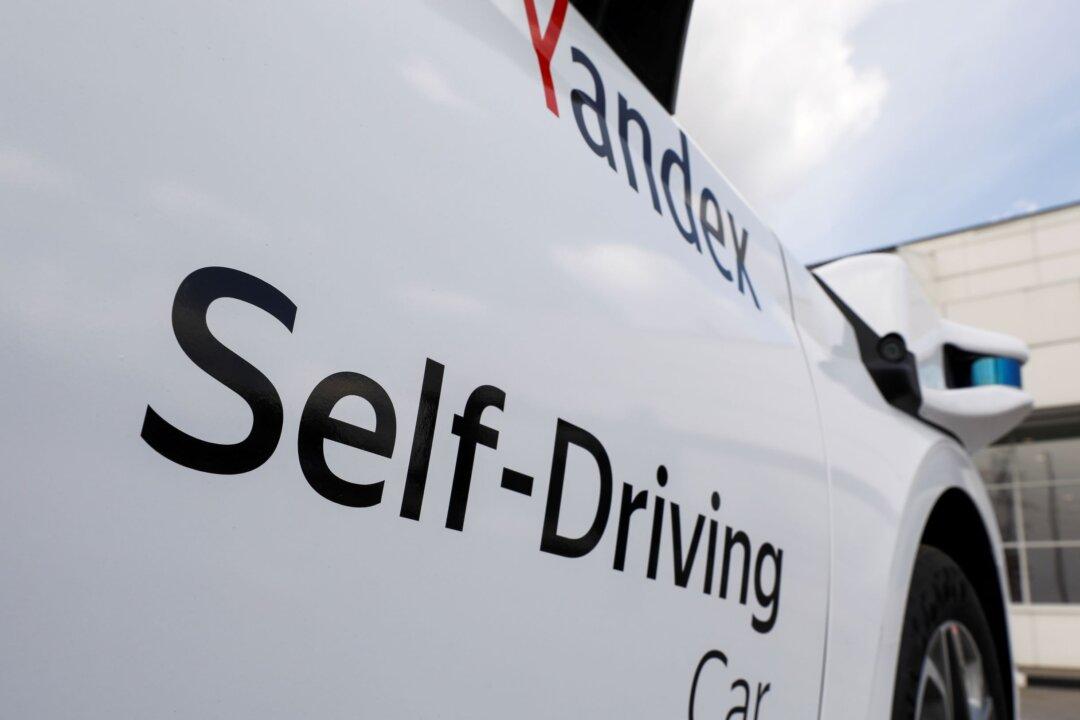MOUNTAIN VIEW, Calif.—The autonomous driving software developer Ghost Autonomy shut down its worldwide operations in early April.
The company had about 100 employees and was based in Mountain View, California, with additional offices in Detroit, Dallas, and Sydney, Australia.



